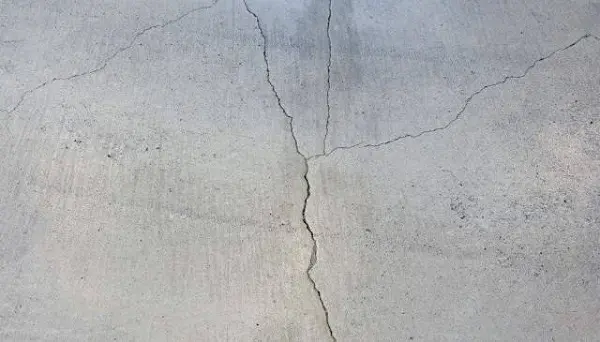As industrial development accelerates, the demands on flooring systems—especially in factories, warehouses, and heavy-load environments—have increased dramatically. Traditional reinforced concrete is no longer sufficient in many high-stress applications. This has led to the widespread adoption of steel fiber-reinforced concrete (SFRC) in industrial flooring. This article outlines the key functions and benefits of steel fibers in such settings.
Crack Control and Long-Term Durability
One of the most common early failures in concrete floors is cracking, caused by plastic shrinkage, drying shrinkage, or thermal stress. Steel fibers act as a three-dimensional reinforcement system within the concrete matrix, helping to control crack formation and slow crack propagation. While they don’t completely prevent cracks, they significantly reduce their width and increase the floor’s structural durability and lifespan.

Improved Impact and Fatigue Resistance
Industrial floors are subject to repeated mechanical loads from forklifts, carts, and heavy equipment. Over time, these stresses can lead to spalling, delamination, and surface failure. Steel fibers improve the impact resistance of concrete by distributing stress more evenly and absorbing kinetic energy. This makes floors more resilient under repeated dynamic loads and increases their fatigue life.
Enhanced Flexural Strength and Toughness
Concrete is inherently brittle. Once cracks form, they often propagate rapidly, leading to sudden structural failure. Steel fibers provide a “bridging” effect across cracks, which enhances the ductility and post-crack load-carrying capacity of the concrete. This makes fiber-reinforced floors more capable of withstanding bending, shear, and tensile forces.
Reduced or Eliminated Need for Traditional Rebar
In many cases, steel fibers can replace or significantly reduce the amount of conventional reinforcement like rebar or welded wire mesh. This simplifies the construction process, speeds up installation, reduces labor costs, and minimizes the risk of human error in reinforcement placement.
Uniform Load Distribution and Structural Performance
Unlike traditional rebar, which is localized, steel fibers are randomly and evenly dispersed throughout the concrete. This creates a more uniform internal structure and minimizes the potential for localized failure. The result is a floor system with enhanced load distribution and reduced risk of structural weaknesses.
Common Applications
Steel fiber-reinforced industrial floors are especially well-suited for:
- Logistics and distribution centers — frequent forklift traffic
- Heavy-duty manufacturing plants — machinery impact and vibration
- Cold storage warehouses — thermal cycling and shrinkage risks
- Underground parking structures — high live loads and tight construction schedules
- Ports and freight terminals — concentrated loads and abrasive wear
Steel fibers offer a high-performance, cost-effective solution for industrial flooring. They enhance strength, reduce cracking, simplify construction, and extend service life. As performance standards rise across industries, steel fiber-reinforced concrete is poised to play an even greater role in modern flooring systems.

